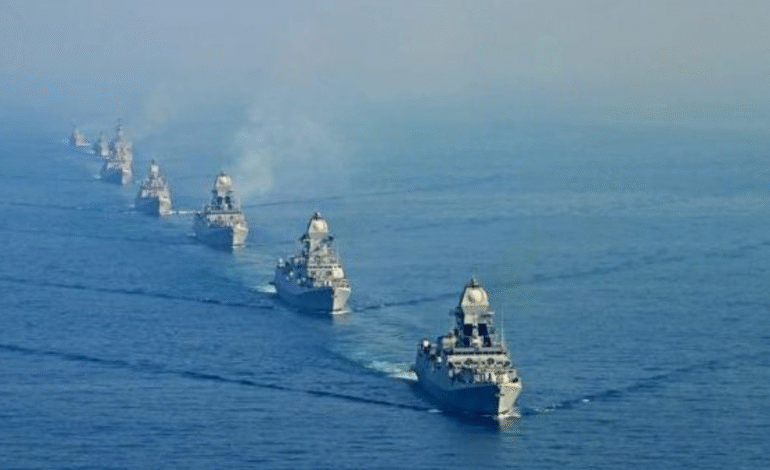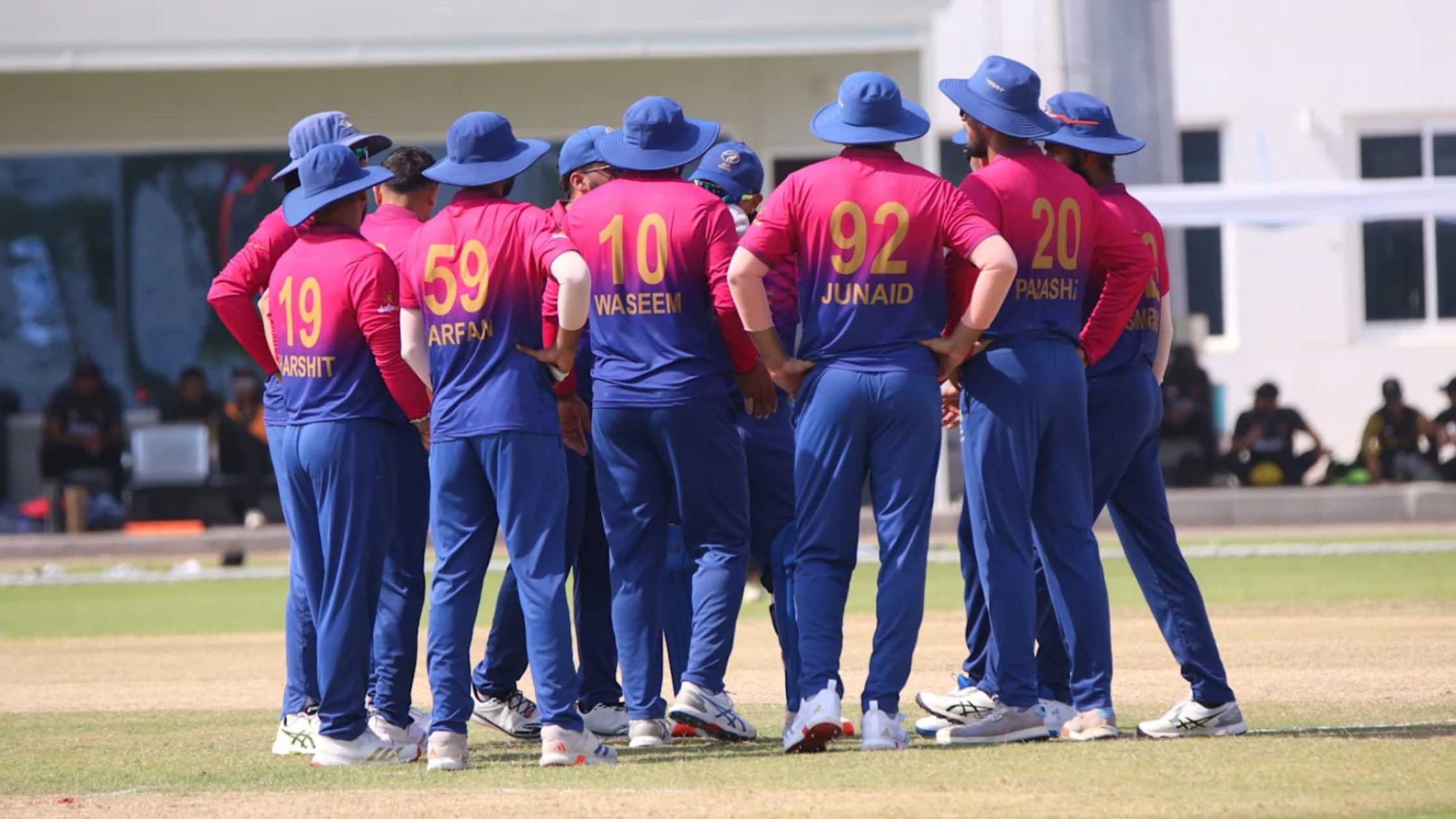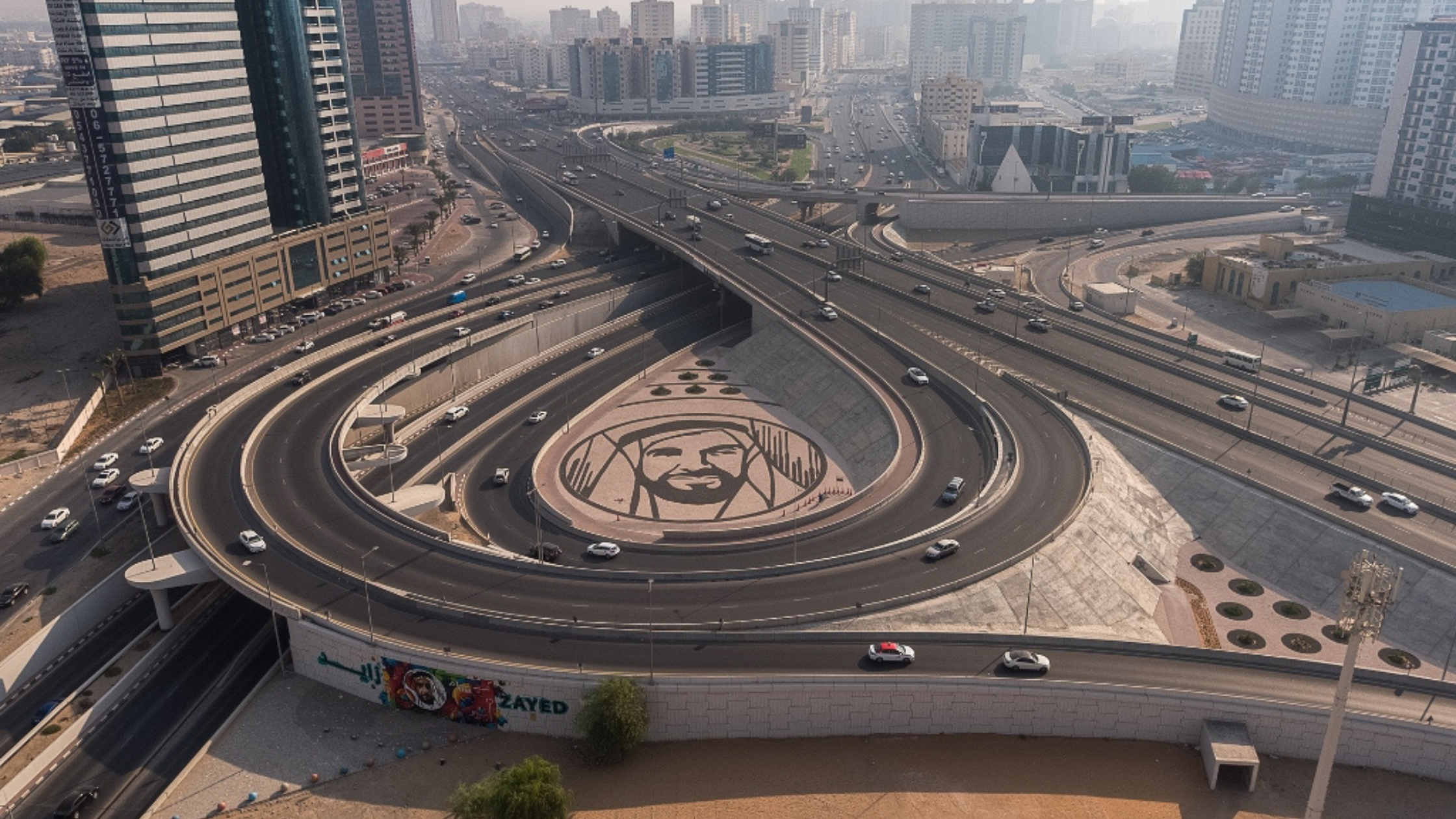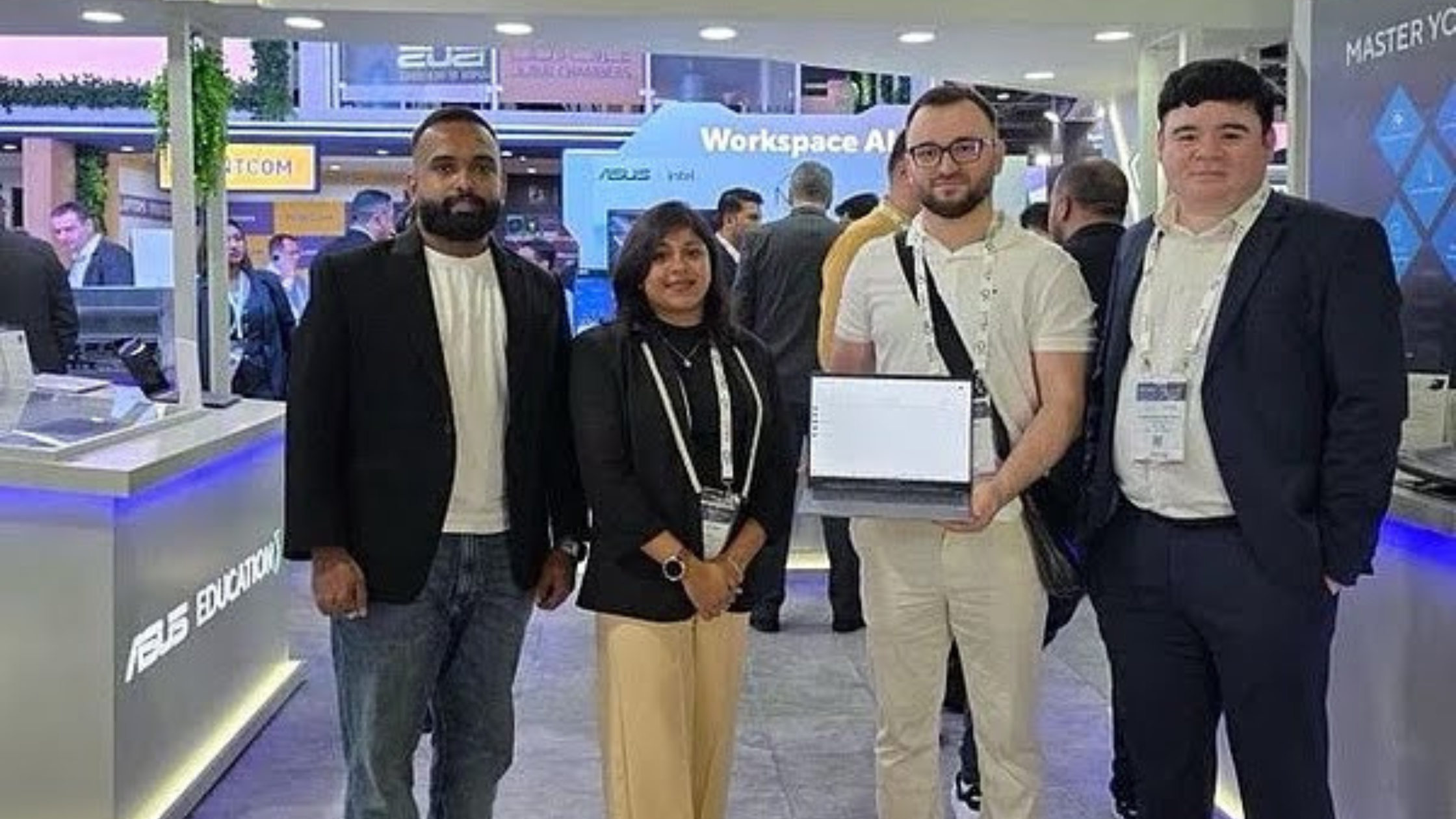India Expands Maritime Influence via MAHASAGAR Strategy

SAGAR—Security and Growth for All in the Region—as a guiding framework for India’s maritime diplomacy. This doctrine sought to redefine India’s engagement in the Indian Ocean Region (IOR), moving away from mere presence and rhetoric to a more action-oriented and inclusive outlook. By March 2025, SAGAR matured into a more evolved and expansive vision named MAHASAGAR, which stands for Mutual and Holistic Advancement for Security and Growth Across Regions. The transition was neither symbolic nor superficial. Instead, it marked a deliberate and calculated expansion of India’s strategic outreach, one that now encompasses East Africa, Southeast Asia, and large swathes of the Indo-Pacific.
MAHASAGAR reflects a shift in focus—from proximity-based engagements to proactive regionalism, and from military posturing to deeper, trust-based partnerships. It is here that naval refits emerge not as technical chores, but as crucial enablers of diplomacy. India’s growing role as a maritime security provider is now anchored not just in warships or military drills but in the understated influence of ship repair and upgrade diplomacy. In a region vulnerable to piracy, sea-based coercion, and climate-induced disasters, such mechanisms carry both practical utility and symbolic weight.
Naval Refits Become Instruments of Diplomacy and Capacity Building
In the evolving strategic theatre of the Indo-Pacific, India’s ship refit programs for partner nations have taken on new meaning. Since 2023, Indian shipyards have been hosting naval vessels from neighboring friendly countries for extensive overhauls. These include the Maldivian Coast Guard Ship MNDF Huravee, which underwent a complete refit at Mumbai Naval Dockyard, as well as Seychelles’ Zoroaster and Mauritius’ MCGS Victory, which were refurbished at GRSE and Visakhapatnam Naval Dockyard respectively. The result is not merely extended operational life for these vessels, but enhanced capabilities in humanitarian missions, anti-piracy roles, and maritime surveillance.
Refits under MAHASAGAR are offered either as grants or at concessional rates—strategically designed to avoid the pitfalls of extractive aid or burdensome conditions. These vessels are later deployed in joint patrols and multilateral naval exercises, transforming refurbished ships into symbols of mutual trust. What makes India’s model unique is the convergence of technical collaboration with diplomatic messaging. Unlike other countries that offer similar military support, India aligns indigenous production, Make in India goals, and maritime diplomacy into a coherent strategy of soft power.
Technical Expertise and Strategic Shipyards Fuel India’s Influence
India’s growing capacity in maritime services is now visibly rooted in its expanding shipbuilding and repair ecosystem. While new ship launches like INS Vikrant or the Scorpene-class submarines capture public imagination, it is the repair and refit vertical that is shaping India’s diplomatic tools. India’s shipyards—Naval Dockyards in Mumbai and Visakhapatnam, Naval Ship Repair Yards in Kochi, Karwar, and Port Blair, and public-private entities like Cochin Shipyard Ltd., MDL, GRSE, HSL, L&T, and Pipavav Shipyard—have become critical engines of regional diplomacy.
The recent refit of INS Vikramaditya at Cochin Shipyard is an illustrative example. It not only reinstated the ship’s capabilities but also generated over 3,500 direct jobs and engaged more than 400 MSMEs across fabrication, diagnostics, and logistical support. As such projects continue to grow, India is positioning itself as a Fleet Repair and Sustenance (FRS) hub for the Indo-Pacific. Agreements like the Master Ship Repair Agreements (MSRA) with the US Navy further legitimize India’s role as a global maritime service provider. These efforts go beyond maintenance—they represent technological renewal, economic integration, and diplomatic signaling wrapped into one initiative.
Soft Power over Strategic Contest: India’s Inclusive Maritime Diplomacy
Unlike traditional infrastructure-based diplomacy that sometimes relies on debt-heavy projects, India’s approach under MAHASAGAR is based on trust, inclusivity, and shared goals. This relationship-first model is increasingly being adopted by partner nations across Africa and Asia. Whether it’s Mozambique’s naval modernization support, Vietnam’s emerging submarine partnerships, or Oman’s developing FRS facility in Duqm, the emphasis is on cooperative security rather than competitive influence.
India’s maritime strategy avoids coercion. It builds capacity in ways that are transparent, non-intrusive, and co-owned by the host nations. The initiative is supported by agreements like the White Shipping Agreements for real-time data sharing and the ITEC framework that facilitates training of naval personnel. Regional officials from the Maldives to East Africa have praised India’s maritime outreach for its practical value and lack of political strings. These partnerships show that India’s naval diplomacy is not about dominating sea lanes, but about creating a shared maritime domain of responsibility and readiness.
Building Maritime Bridges through Multilateral Naval Cooperation
Ships like INS Sunayna, often deployed as IOS Sagar, represent the visible edge of India’s cooperative maritime framework. Crewed by officers and personnel from multiple IOR nations, these ships are symbols of collaborative responsibility. Shared crewing not only fosters interoperability but enables cultural and operational learning across diverse naval traditions. These efforts are bolstered by joint drills, coordinated patrols, and mutual training programs that deepen operational synergy among partner navies.
The concept of maritime bridges goes beyond naval maneuvers. It reflects institutional commitments and enduring relationships, where India plays the dual role of facilitator and first responder. These bridges, forged through trust rather than treaties, are the heart of MAHASAGAR. They reflect India’s growing capability in humanitarian assistance and disaster relief (HADR), a role that requires speed, empathy, and inter-operational efficiency.
MAHASAGAR Fuels Renewal of India’s Naval Industrial Ecosystem
Refit diplomacy under MAHASAGAR is also revitalizing India’s domestic naval infrastructure. Programs such as the INS Vikramaditya overhaul have driven investments in workforce training, digital diagnostics, and modular upgrade capabilities. This has cascading effects throughout the Indian economy, especially in coastal states where MSMEs are thriving on ship repair supply chains. According to a 2024 FICCI report, over 50,000 jobs could be created through the shipbuilding and MRO sectors within the next five years.
This transformation aligns with India’s broader economic strategies like “Make in India,” “Atmanirbhar Bharat,” and the Blue Economy initiative. The Sagar Mala project, which aims to modernize India’s ports and logistics networks, is reinforced by these maritime industry advancements. Together, these interconnected policies are converting India’s maritime infrastructure into not just platforms of defence, but engines of economic development and technological absorption.
A Strategic Continuum, Not a Cosmetic Shift
MAHASAGAR is not a cosmetic rebranding of India’s maritime policy. It is a strategic continuum that reflects India’s evolving role in the regional and global order. It signals maturity in vision and execution—a move from operational readiness to regional stewardship. Through naval refits, shared crewing, and training exchanges, India is not just securing its waters but nurturing a collective maritime consciousness.
Where once India’s strategic engagements in the Indo-Pacific were seen as limited to patrols and surveillance, today they are about building regional ownership. MAHASAGAR shows that diplomacy can be conducted through the silent work of engineers, the patient planning of logistic chains, and the timely repair of a coast guard vessel. In this sense, refits become more than technical achievements—they become strategic gestures.
Maritime Diplomacy Rooted in Mutual Growth and Trust
India’s maritime outreach through MAHASAGAR and its naval refit diplomacy represents a fundamental shift in the way maritime power is understood and exercised. It reflects a move from coercive posturing to cooperative strategy, from transactional engagements to long-term partnerships. Whether it is a dockyard in Mumbai restoring a foreign vessel or a shared patrol in the Mozambique Channel, the common thread is India’s commitment to inclusive growth, mutual trust, and regional stability.
MAHASAGAR embodies a maritime world where partnerships matter more than ports, and diplomacy is measured in trust, not tonnage. As India continues to rise as a responsible regional and global maritime actor, its shipyards, sailors, and strategic vision will play a central role in shaping the future of the Indo-Pacific and beyond.








2 Comments
[…] a compelling demonstration of maritime vigilance and rapid emergency response, the Indian Coast Guard (ICG) successfully rescued six crew members from a sunken vessel in the Arabian Sea, approximately […]
[…] India’s naval modernization efforts have taken a major leap forward with the development of the Project 18 (P-18) next-generation destroyer. Poised to become the largest and most advanced warship in the Indian Navy, the P-18 is designed to dramatically enhance maritime defense capabilities. With an estimated displacement of around 13,000 tonnes almost double the current Visakhapatnam-class destroyers this vessel may even qualify as a cruiser under international naval classification standards, which define ships above 10,000 tonnes as cruisers. […]
Comments are closed.